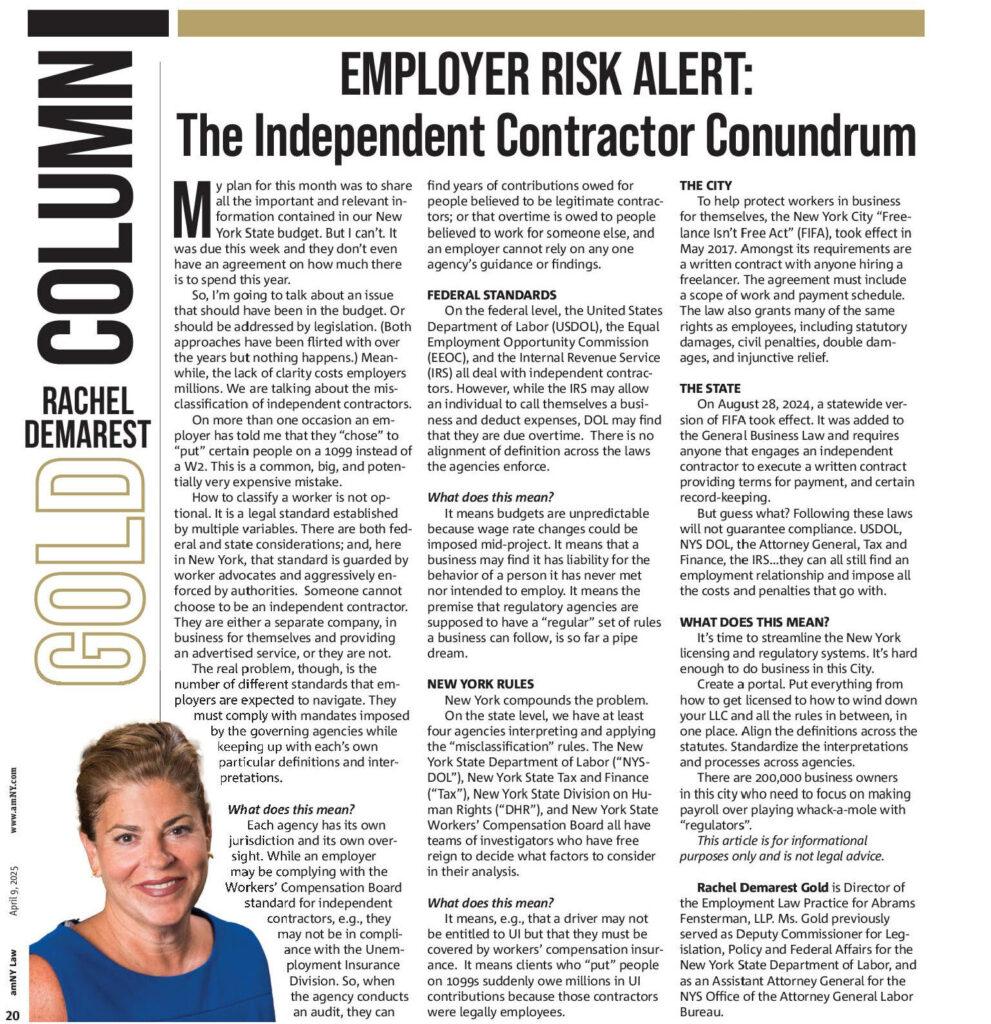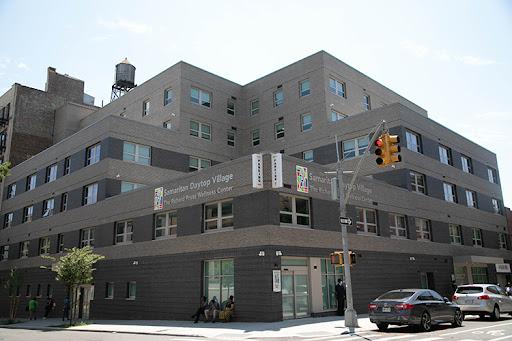New York City is paying too high a price to have so many drivers at riders’ disposal
by Ethan B. Gerber, February 12, 2018 – Crain’s New York Business
On Feb. 5, livery cab driver Douglas Schifter posted on Facebook about the desperation of those like himself struggling since the arrival of ride-sharing services in New York City, which have pushed drivers to the precipice of financial ruin.
A few hours later, the 61-year-old shot himself in his vehicle just outside City Hall.
His death must serve as a wakeup call, not just to the plight of drivers, but the range of consequences from allowing companies like Uber to operate as they do in New York City.
Since the Great Depression, when taxis were so numerous that competition for passengers led to fist fights in the streets, New York City has had in place its medallion system to maintain a healthy ratio of cabs to passengers, while also ensuring drivers make a living wage. The city was vigilant in how it monitored the number of taxis on the road, requiring economic and environmental impact studies before issuing even a couple of hundred additional medallions.
That system created economic opportunity for decades, particularly among New Yorkers without access to higher education. It rewarded hard work with the means of achieving the American dream: homeownership, the ability to send one’s children to college and the prospect of retirement. Though a small number of opportunists created their own enterprises by purchasing medallions en masse, the vast number of medallions have always been owned by individuals chiefly concerned with keeping a roof over their heads and providing better lives for their children.
While imperfect, the medallion system held up through nearly 100 years of New York’s boom-and-bust cycles until the rise of Uber and Lyft in 2011 and 2012. While there were attempts at the time to limit the number of these vehicles in accordance with New York City history and lessons learned, the e-hailing companies ultimately succeeded such that no limitations were ever enacted.
One only needs to travel the city’s roadways to understand what’s transpired since then. Decal-adorned Uber and Lyft vehicles are choking the streets such that Midtown traffic now crawls at an average of 4.7 mph. Drivers—lured by slick recruitment campaigns—have invested scarce resources in the purchase and maintenance of the “right” expensive cars only to find it increasingly difficult to find enough passengers to make a living, to say nothing of their treatment by the ride-sharing companies. The emissions from added vehicles have led to higher asthma rates in children, especially in high-risk communities in the Bronx and Upper Manhattan. Individuals who financed the purchase of medallions are now underwater, with their loans greater than the medallions’ value, and face aggressive actions by banks and credit unions, which are increasingly forcing them into bankruptcy.
This is the price a city pays for the convenience of passengers having too many drivers at their disposal.
Historically, New York City is not a place that stands idly by while corporate forces tear at our social fabric. It served as the birthplace of the U.S. labor movement that won better wages, reasonable hours and safer conditions for every worker in the country. And in contrast to what’s transpiring in Washington, D.C., we have long celebrated the contributions of immigrants, many of whom find their first jobs in this country behind the wheel of a taxi.
It is time we embraced this legacy and stood up to the e-hail companies. No one is under the illusion that the services they provide aren’t valuable or here to stay, but there’s no reason the New York City Council and Taxi & Limousine Commission can’t or shouldn’t impose restrictions on the number of Uber and Lyft vehicles. These companies should not have free reign. Headquartered in California, they’re not even part of the New York City business community.
We owe it to the memory of Douglas Schifter to take action in 2018. His death serves as a reminder that real lives are at stake.
Ethan B. Gerber is head of the transportation practice at the law firm Abrams Fensterman and has long represented yellow-taxi fleets and other for-hire industries.





